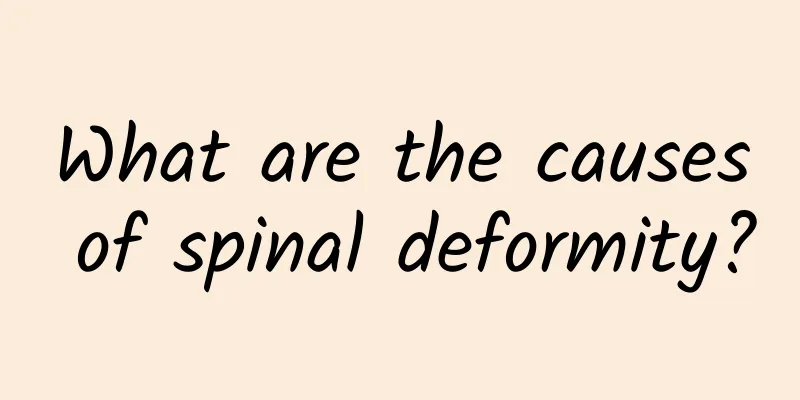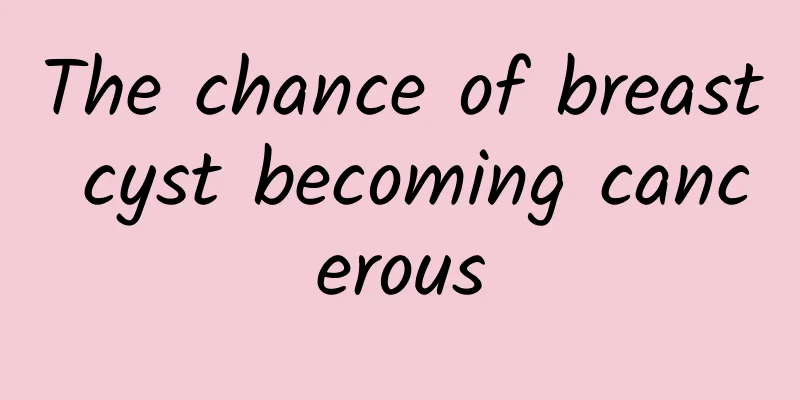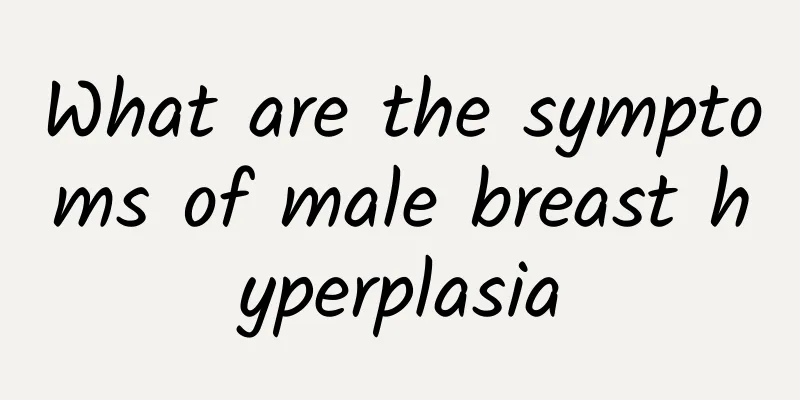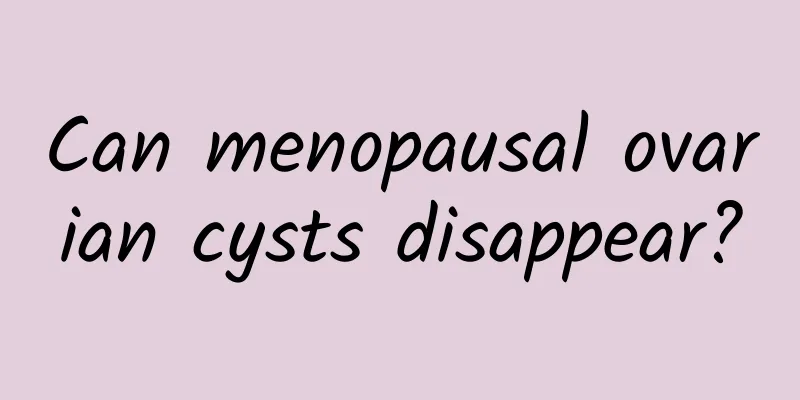What are the causes of spinal deformity?

|
The causes of spinal deformity mainly include genetic factors, environmental influences, physiological abnormalities, trauma and other pathological diseases. Each cause may lead to abnormal spinal development and posture alone or in combination. The following is a detailed analysis from different angles and proposed countermeasures. 1. Genetic factors Some spinal deformities are hereditary, especially adolescent idiopathic scoliosis, which is often related to heredity. Genetic mutations may affect spinal development, muscle tension and nerve signal conduction, leading to abnormal morphology. If there is a family history of related diseases, it is necessary to closely observe the posture and spinal curve of children and adolescents during their growth. If any abnormality is found, medical examination should be carried out as soon as possible. 2 External influence of environmental factors Long-term bad postures, such as sitting at a desk for a long time, carrying a backpack on one shoulder, etc., will exert uneven pressure on the spine, leading to deformities such as curvature and scoliosis. Some professional sports such as gymnastics or excessive weight training may also damage the spine. You should try to cultivate good sitting and standing habits and avoid maintaining a fixed position for a long time. It is recommended to ensure a reasonable weight for children's school bags during their schoolwork stage, and choose a backpack to disperse the pressure. 3. Physiological factors Physiological diseases such as rickets, osteoporosis, and spondylosis caused by vitamin D deficiency will change the normal shape of the spine. Insufficient maternal nutrition during pregnancy may also affect the development of fetal bones and spine. Ensuring a balanced diet and supplementing calcium, phosphorus, and vitamin D are particularly important for preventing such problems. 4. Trauma Spinal trauma caused by falls, sports injuries, car accidents, etc. may damage the vertebral body or intervertebral disc structure, causing curvature or scoliosis. If there is pain, stiffness or limited movement after a minor injury, you should seek medical attention in time to eliminate the hidden dangers. Severe injuries require surgical correction or functional recovery treatment according to the doctor's advice. 5 Pathological diseases Some spinal deformities are caused by underlying diseases, such as herniated disc, spinal infection, muscular dystrophy, and nervous system disorders such as cerebral palsy and poliomyelitis. Treatment requires identification of the cause, such as drug treatments that can consider anti-infective antibiotics and neuromodulators; surgical treatments include spinal fusion, internal fixation correction, etc. Prevention and treatment of spinal deformity requires regular physical examinations, lifestyle adjustments, and treatment of the cause. Once an abnormality is found, an orthopedic doctor should be consulted in time to avoid delaying treatment and causing permanent damage. Maintaining a healthy lifestyle is the best strategy to protect the spine! |
<<: How to eliminate male hemorrhoids and external hemorrhoids
>>: Symptoms of nasopharyngeal angiofibroma
Recommend
How to supplement bone hyperplasia in the elderly
Bone hyperplasia in the elderly is caused by dege...
How to prevent gallstones
Prevention of gallstones requires comprehensive c...
What medicine is better for treating breast cyst hyperplasia?
The treatment of breast cysts and hyperplasia usu...
What topical medications can be used for breast cysts?
Breast cysts usually cannot be eliminated directl...
Eating soybeans regularly can prevent osteoporosis
Eating soybeans regularly can prevent osteoporosi...
What fruits are good for women to eat after kidney stone surgery
After kidney stone surgery, women are suitable to...
What are the symptoms of congenital hydrocephalus?
Symptoms of congenital hydrocephalus include abno...
What kind of gallstones require surgery?
Surgery is usually considered for gallstones that...
Can congenital heart disease be detected during pregnancy?
Some congenital heart diseases can be screened du...
What kind of diet should you pay attention to when you have breast cysts?
Patients with breast cysts should pay attention t...
Why does an 11-year-old boy have heel pain?
Heel pain may be related to growing pains or epip...
Is it necessary to have surgery for pectus excavatum at the age of 26?
Whether a 26-year-old with pectus excavatum needs...
What kind of people are prone to gallstones?
Gallstones, a health problem that sounds unfamili...
Will 16-year-old breast fibroids disappear?
Breast fibroids at the age of 16 usually do not d...
How to distinguish between nonspecific and infectious costochondritis
The nonspecific type of costochondritis usually h...









